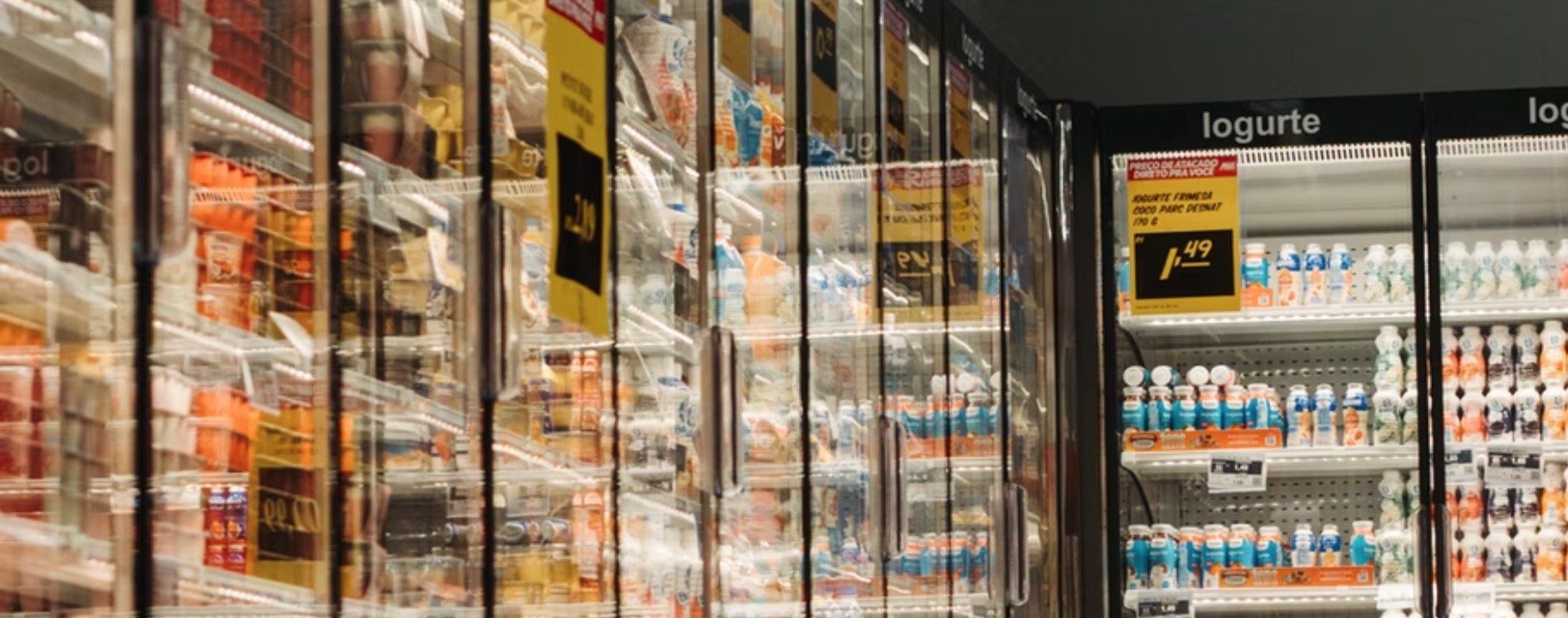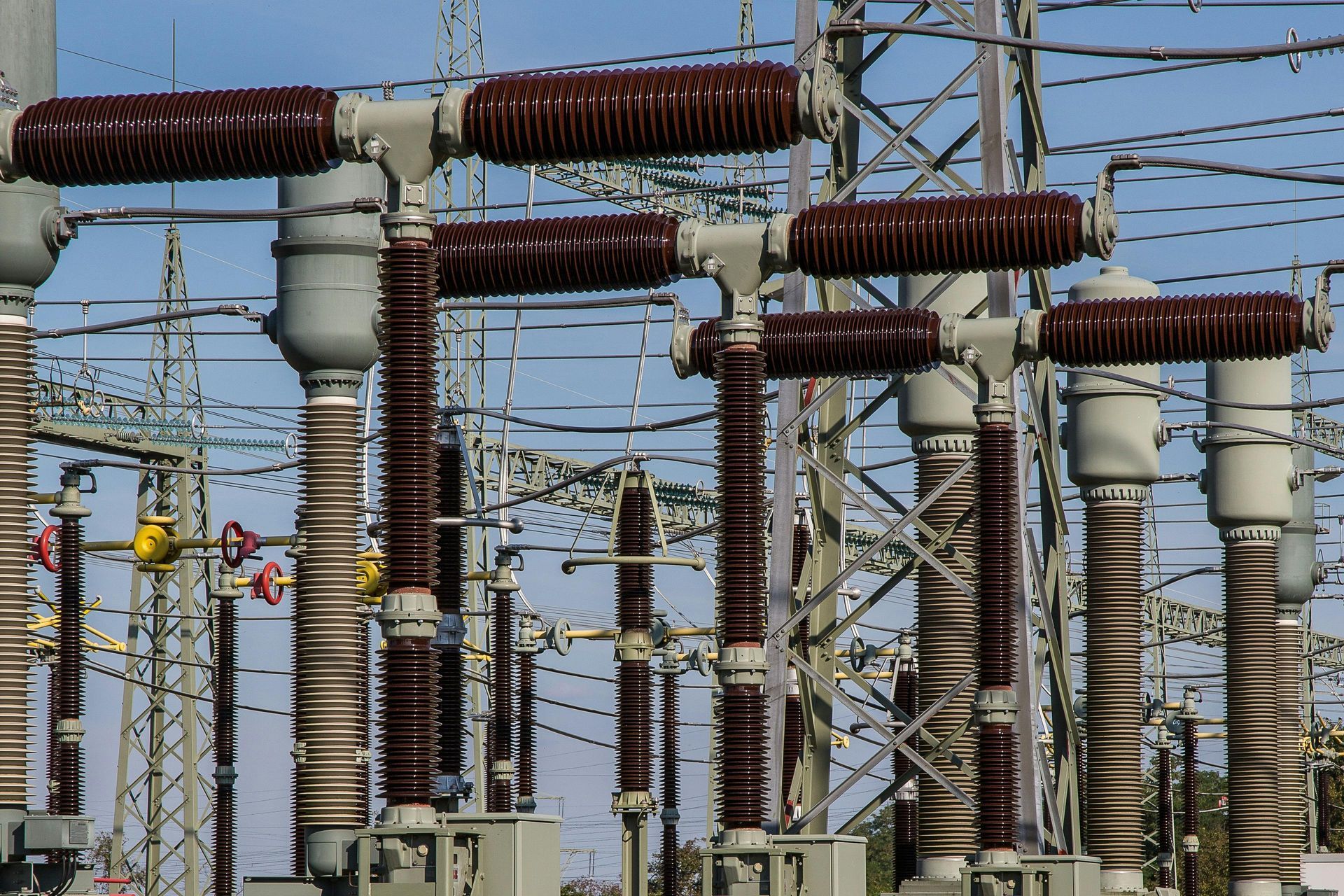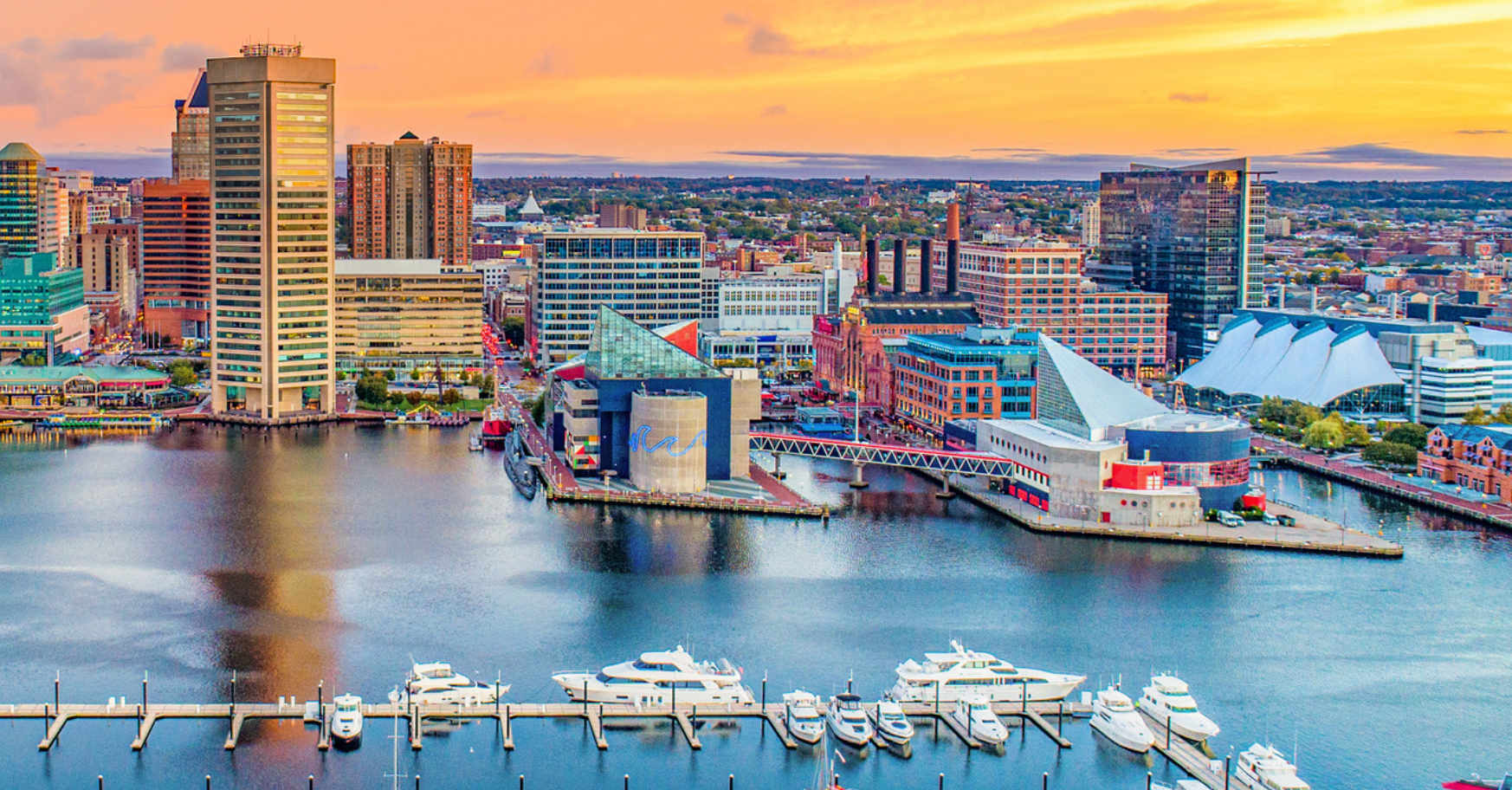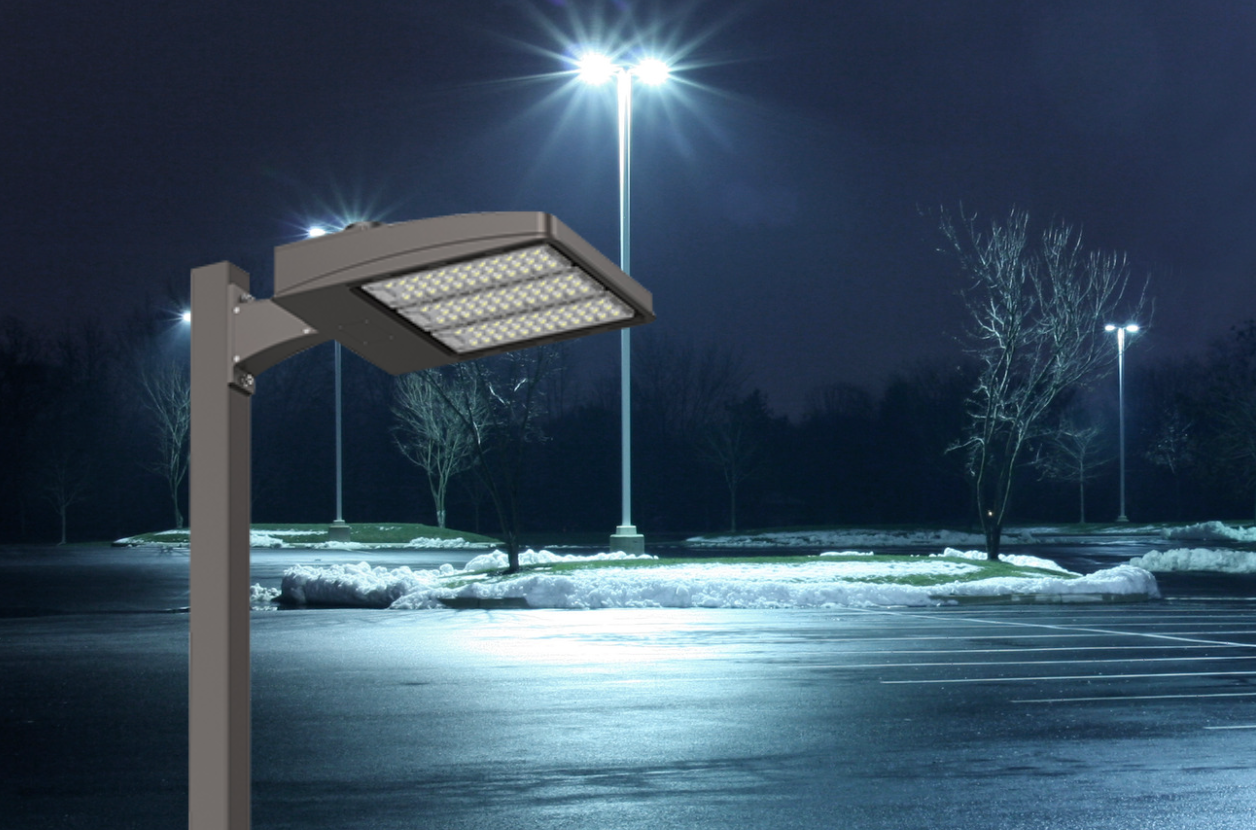Save on Refrigeration Costs at Your Business
Don't let commercial cooling costs slow you down

Reducing Commercial Refrigeration Costs
Restaurants, grocery stores, gas stations, and refrigeration warehouses are a few types of businesses that heavily rely on commercial refrigeration for perishable items. Depending on the brand of refrigeration, the reliability and maintenance spend over a 10-year period could range from $40,000 to $120,000. If you assume an average cost of $2,000 for a new unit, you could have replaced 20-60 units in that time frame instead.
Did you know that there are quite a few ways to save on refrigeration energy costs besides replacing new units? Just by monitoring your commercial refrigeration components as well as your own habits towards checking energy consumption at your business? Let’s start by factoring in costs.
Constellation Energy published this article that goes over various factors that contribute to the costs of commercial refrigeration and how to save on that specific usage. Click here to read Constellation’s article about how energy usage is calculated for businesses and how you can better understand your energy bill when you receive it.
AEP, another one of the suppliers Ananta works with, also has some valuable tips and information about how to save on costs for energy at your business.
Costs of Running Commercial Cooling Equipment
- Purchase price of the unit
- Installation
- Preventative maintenance
- Service and Repairs
- Commercial refrigerator electric usage
- Temperature the refrigeration unit is kept at
8 Tips to Reduce Your Commercial Refrigeration Costs
- Check and clean your evaporator, condenser coils, and air filters, to keep your refrigerator working at its best.
- Keep the doors closed as much as possible and sealed tightly, to ensure there are no air leaks or drafts.
- Update refrigeration equipment or replace altogether with products that are labeled as part of the ENERGY STAR® program, as older units are far less energy-efficient than newer models.
- Ensure correct temperatures within your unit. The FDA and USDA regulations require that refrigerated food items must be stored at under 40 degrees Fahrenheit, and bacteria can grow quickly in temperatures that rise above that. Colder is better here, and slightly under the 40 degrees, Fahrenheit temperature (~35 to 38 degrees F) is the optimal temperature range.
- Update defrost controls on your unit. Newer models of refrigeration units are able to sense and start the defrost cycle only as needed, rather than on a set timer. This helps by only turning on the cooling unit when needed to keep the temperature at your desired setting.
- Switch your refrigerator bulbs to LED lighting options and to even further increase your savings, install lighting sensors so lights are only being used and turned on/off as needed, by demand.
- Ensure your employees know best practices with appliances and/or anything that uses energy at your business.
- Research what type of smart building technologies are available in your area. Wendy’s, a very well known restaurant franchise, recently began reducing energy consumption through a smart-building platform and this has proven to be very successful, where it’s available. Learn more about smart-building technologies in this article by TrueOccupancy.
Did you know that Ananta Energy Source procures energy for 10% of the Dunkin’ Donuts locations in the entire state of Illinois? Although more goes into it than refrigeration costs alone, we can help you find ways to maximize your energy usage and efficiency. Click here to read more and fill out the form if you’re interested in a free energy bill analysis from our team at Ananta!










